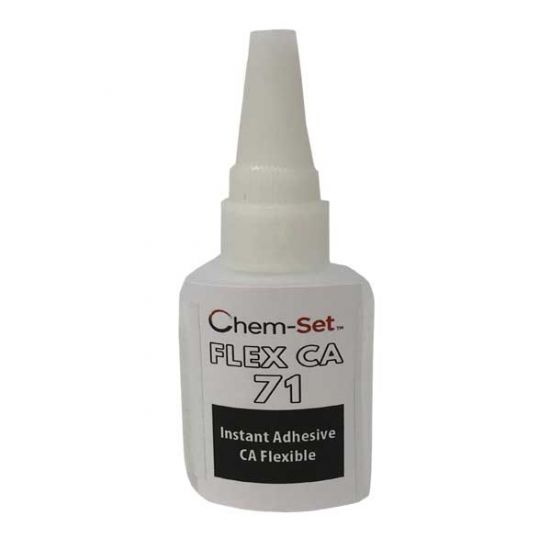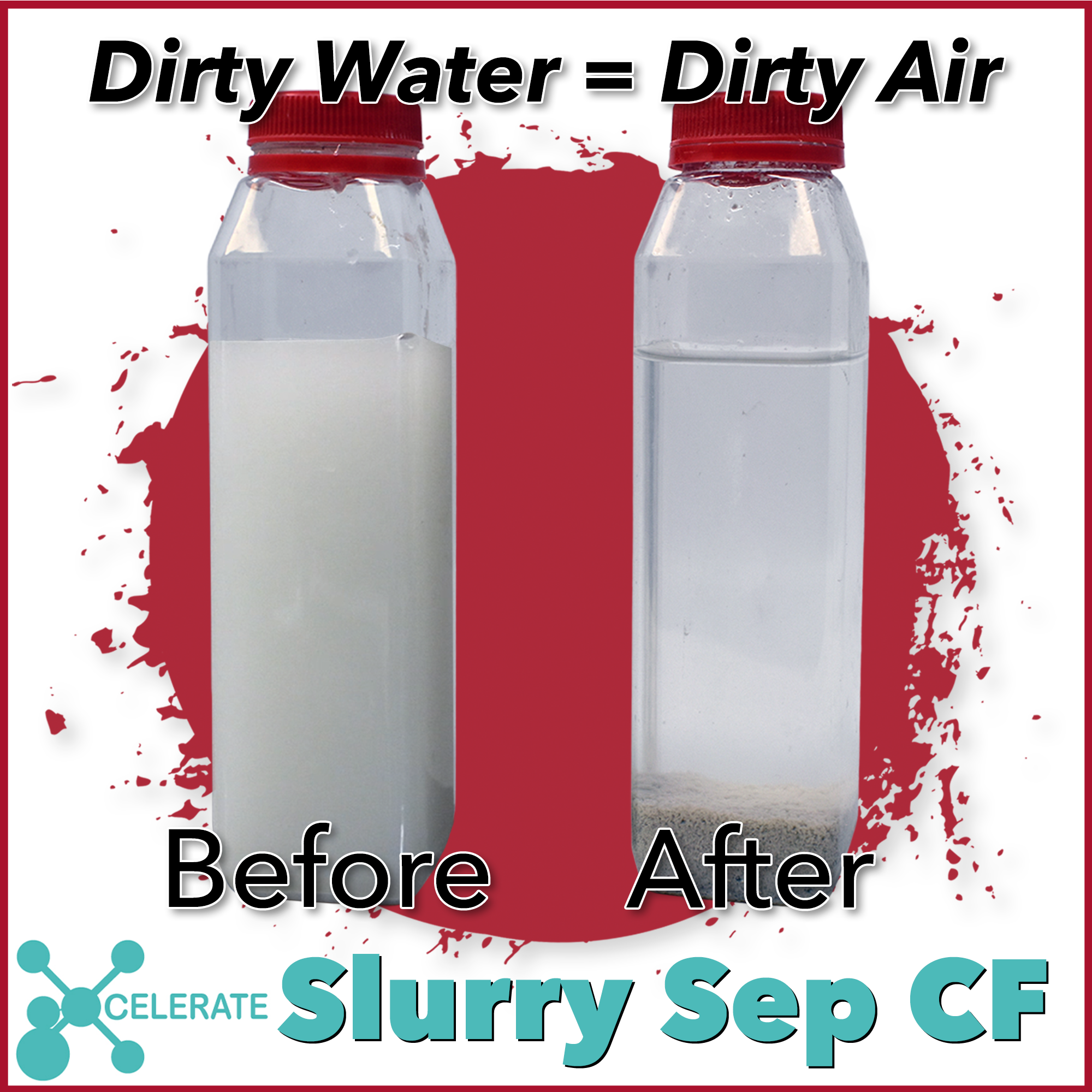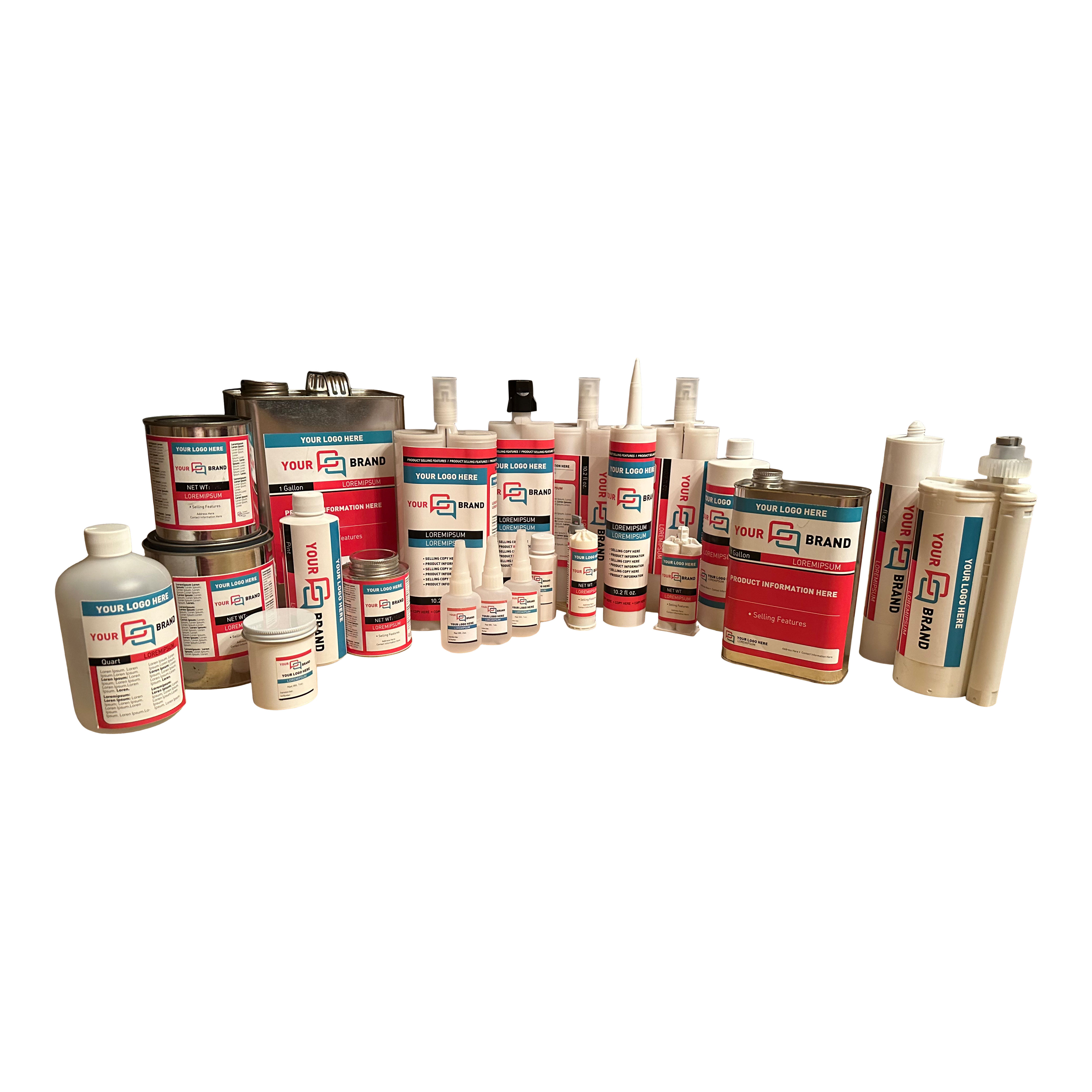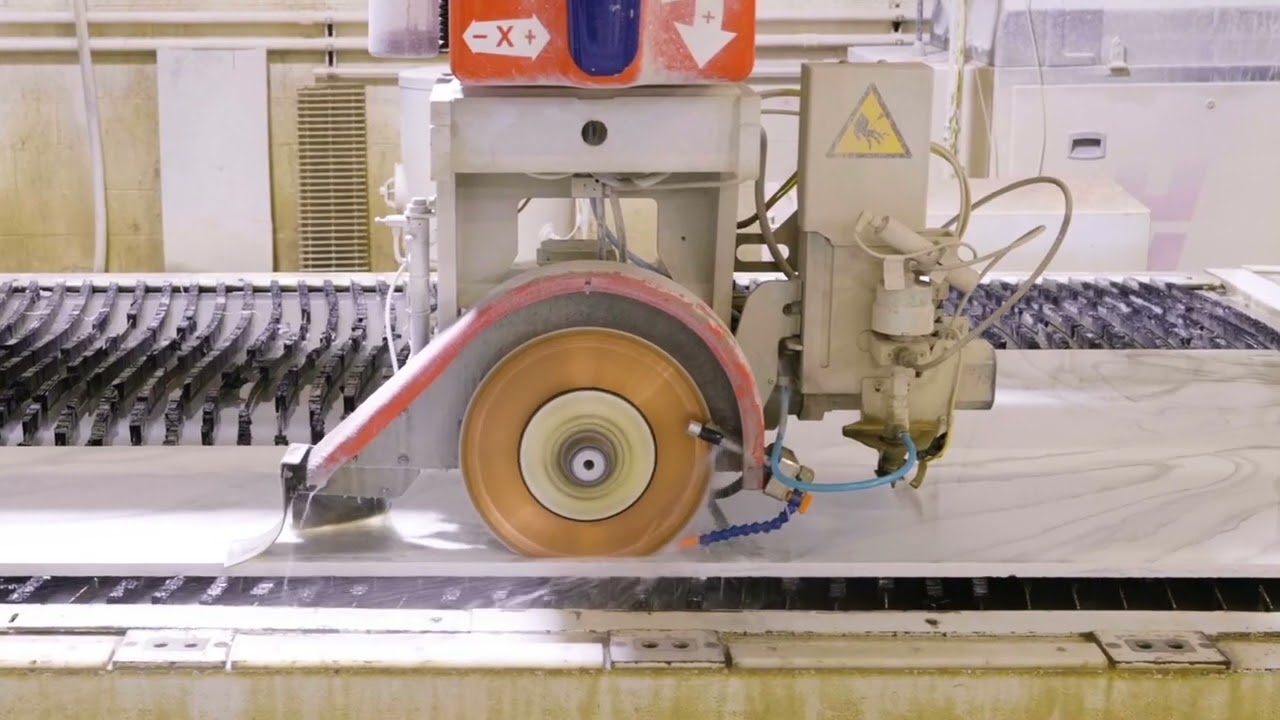
What is the Best Adhesive for Rubber Material Adhesion?
Reading Time: 2 minutes
 Rubber-to-metal engineering has enabled key technologies in automotive, industrial, and aerospace applications. However, rubber-to-metal bonding can prove to be a challenging and daunting task – how can a material so flexible be bonded to something so rigid with no shortcomings? In the past, efforts such as brass plating and polyisocyanates have been attempted, but to no avail. The adhesive either cracked due to the flexibility of the rubber or the shear strength became too much to handle.
Rubber-to-metal engineering has enabled key technologies in automotive, industrial, and aerospace applications. However, rubber-to-metal bonding can prove to be a challenging and daunting task – how can a material so flexible be bonded to something so rigid with no shortcomings? In the past, efforts such as brass plating and polyisocyanates have been attempted, but to no avail. The adhesive either cracked due to the flexibility of the rubber or the shear strength became too much to handle.
Fortunately, due to advances in adhesive technology, we have successfully created several adhesives that are capable of withstanding rubber’s extreme flexibility while allowing metal to stay rigid. One of our most common rubber-to-metal adhesives is our line of cyanoacrylates, which boast high flexibility and extreme durability.
Flexible Cyanoacrylates
Our Chem-Set 71 Flexible Cyanoacrylate is an adhesive unlike any other. It exhibits improved peel strength over other grades of cyanoacrylates, and has superior impact and vibration resistance. This cyanoacrylate is solvent-free and is suitable for bonding dissimilar materials (such as rubber and metal).
Chem-Set 71 is best used in conjunction with a primer, which acts as a grip for the adhesive to add flexibility to the metal without losing any of its other properties or risking cracking. Chem-Set 71 has many features and benefits above and beyond traditional adhesives, such as:
- Low viscosity
- Fast-setting formula
- Over 125% elongation (300% in Chem-Set 73HT variety)
- Shear strength of 870-1200psi from steel
- 1-5 second fixture time from steel
How Flexible Cyanoacrylates Work
When paired with a primer, which is designed to create a stronger, more pliable hold to metal, flexible cyanoacrylates are capable of withstanding enormous amounts of shear strength due to their extreme elongation. The layers of the components when applying a flexible adhesive are arranged in such a way that they are progressively decreasing in modulus from the primer to the elastomer itself. This arrangement allows for a gradient in stiffness change between the substrate and the elastomer, eliminating the possibility of adhesion failure.
Check out Chemical Concepts’ entire line of flexible cyanoacrylates to determine which is best for your project. Not sure which is right? Our representatives are here to help! Give us a call, toll-free, at 1-800-220-1966 or send us an email at sales@chemical-concepts.com. We look forward to hearing from you!



